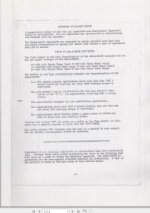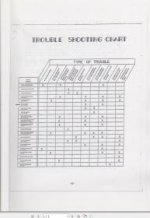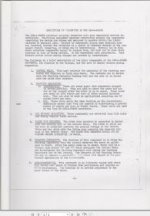Additional information
The 10 awg from the outlet to the rotary motor is about 6 foot in length. Amps that the rotary motor is pulling from the outlet on the 10awg wire to L1 and L2 is 23.3 amps. Voltages from the Rotary 10 hp measured at the Thermal overload for the lift are
L1-L2 = 237v
L1-L3 = 202v
L3-L2 = 208v
It does have 14awg form the magnetic reversing contactors to the lift motor if 5 feet of 14awg.
When I start the lift with no load I get the following readings
197v, 4.6 amp
187v, 16.8 amp
228v, 13.5 amp
When I then attempt to start the lift motor under load I get the following.
149v, 30.9 amp
133v, 71.9 amp
219v 77.7 amp
77 amps on a number 14 wire....what could go wrong...?
14 is rated for 15 amps.
Your meters are showing a lot of faults.
Unequal voltages and currents.
Step one is rewire.
Rotary is 10 hp supplying for 5 hp motor.
Starting current usually a multiple of normal.
Look up LRA locked rotor or other similar data on motor tag, or just find the largest one at rated voltage.
5 hp is about 16 amps at 240 VAC, Not a 3 phase guy so may be different.
Safe to maybe triple current for starting, so wire for 45 amps.
Number 10 wire on output of converter minimum.
Number 6 maybe on input, others can give better data here.
Our lift is. Hydrolic, large ram on one side chain to other side.
The motor is 3 hp maybe, been too long since we looked, the 1 ho rotary would not even start the motor.
5hp starts it just fine, with F250 on lift it still works well.
Your mechanical drive system will require higher starting current
Sent from my SM-G781V using Tapatalk


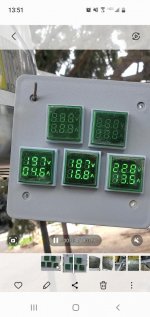



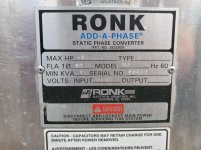


 from a friend so it would be great if I could make it function for this. I have also built a different mount to enable me to utilize a 10hp motor on the lift. My thinking was that this would provide more power and use less of the capacity of the motor and might be easier to balance with the RONK.
from a friend so it would be great if I could make it function for this. I have also built a different mount to enable me to utilize a 10hp motor on the lift. My thinking was that this would provide more power and use less of the capacity of the motor and might be easier to balance with the RONK.

